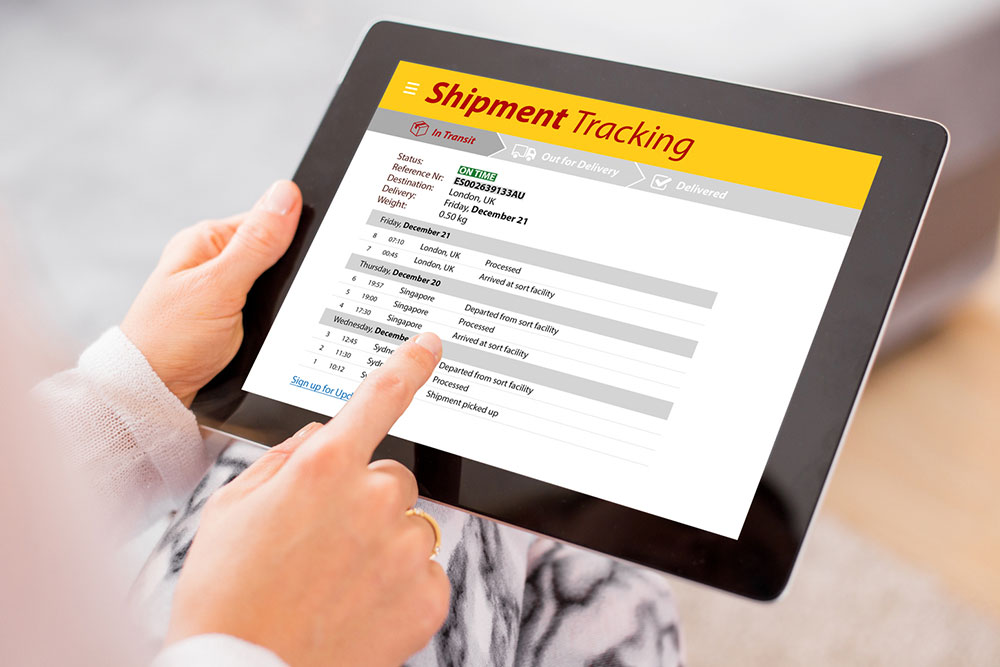Basics of real-time shipment tracking explained

With the increasing digitization of commerce, tracking packages has become more convenient. Small and large shipping companies can now easily set up online websites to facilitate this process. From businesses monitoring the delivery of their products and supplies to individual customers tracking their online shopping packages, everyone can take advantage of the real-time tracking offered by shipping company websites. Here’s a summary of the basics of shipment tracking systems to help one understand how they work.
1. Bar code is assigned to each package
Regardless of its size, every shipping company starts the shipment process by assigning a unique identification code to every package they have to deliver. This identification code is usually in the form of a barcode.
2. Barcode scanning
The next step is to scan the barcode while loading the package. With this, all the information about the package is uploaded to the tracking system of the shipping company’s website. This information includes the time the package left the shipping company’s warehouse for delivery and its source and destination.
3. Package received at another warehouse of the shipping company
Typically, a package is not delivered directly from its source to the final destination location. Instead, it passes through various shipping company warehouses during transit between the source and destination.
4. Re-scanning the barcode
The barcode on every package is re-scanned at every warehouse route to provide the latest update on the delivery status. This means a handheld or automatic scanner scans every time the package is loaded or unloaded from a truck, train, mail van, or airplane. With each successive scan, the latest updates on the package are uploaded to the shipping company’s database. Through this available information, one can easily track packages. Usually, tracking numbers are provided that can be used on the shipping company’s website to see at what stage of the delivery process that package has reached.
5. Out for delivery
The package finally arrives at the destination location’s shipping company warehouse. Before being sent out for delivery, it undergoes a final scan. Once the package is delivered to the customer, the delivery status, recipient’s name, delivery time, and other relevant information are updated on the tracking system.
















